In a crowded digital marketplace, every detail of your website can make a substantial difference in attracting and retaining your audience. At Microhound, a key player in Charlotte’s web design and digital marketing scene, we’ve seen firsthand how the structure of a website’s URL can significantly impact its SEO performance and overall success. This article delves into the nuances of URL structure, highlighting why it’s a crucial component of your SEO strategy.
Why URL Structure Matters
Understanding the subtleties of URL construction unlocks the potential for websites to communicate more effectively with search engines like Google. A URL is much more than a simple address—it structures the hierarchy and relationship between different pages and sections, signaling to search engines the importance of various contents and how they fit together within the broader context of your site.
This clarity not only aids search bots in crawling and indexing content correctly but also translates into a breadcrumb-like experience for users, who can interpret the URL to gauge their location on your site and how to navigate to their desired information.
At Microhound, we pay close attention to each segment of a URL, ensuring every slash, word, and parameter is purposefully chosen to drive both SEO performance and user satisfaction, thus crafting a URL structure that is the backbone of a site’s online prominence and accessibility.
Key Components of an Effective URL Structure
Simplicity and Clarity
Search engines favor URLs that are easy to read and understand. A simple, straightforward URL structure ensures that both users and search engine crawlers can easily discern the content of a page. For instance, Microhound emphasizes creating descriptive URLs that accurately reflect the page content, whether it’s about “Web Design,” “PPC Management,” or “Social Media” services.
Keyword Inclusion
Incorporating relevant keywords into your URLs can bolster your SEO efforts by making your pages more discoverable in search engine results. Microhound encourages the strategic placement of keywords reflecting the services offered, such as https://www.examplebusiness.com/services/digital-marketing/seo , thereby enhancing visibility and relevance.
Consistency and Canonicalization
URL consistency helps prevent content duplication issues and improves the website’s coherence. Microhound understands the importance of using canonical tags to specify preferred URL versions, ensuring that search engines index and rank the website accurately.
Mobile-Friendliness
With the increasing prevalence of mobile browsing, it’s essential to adopt URL structures that support mobile responsiveness. Microhound’s web design principles prioritize mobile-friendly URLs, contributing to better user experiences across devices and potentially boosting mobile search rankings.
Standard URL Structure

A good URL structure is intuitive, descriptive, and SEO-friendly. It concisely communicates the content of the page both to users and search engines. Below is a generic example of an effective URL structure for a hypothetical business website:
https://www.examplebusiness.com/services/digital-marketing/seo
Breaking down the components:
- Protocol: https:// – This indicates a secure connection, which is crucial for user trust and a ranking factor for search engines.
- Domain Name: www.examplebusiness.com – The website’s address that aligns with the business name, making it easy to remember and recognize.
- Path: /services/digital-marketing/seo – This segment of the URL clearly describes the page’s hierarchy and content:
- /services suggests that the user is looking at one of the offerings by the business.
- /digital-marketing narrows it down to a specific category of services, indicating that the business has multiple service categories and this one focuses on digital marketing.
- /seo specifies the service page within digital marketing, making it clear that the page is about SEO services.
This structure benefits SEO because:
- It includes relevant keywords (digital marketing, seo) that potential customers might use in their search queries, helping the page rank for those terms.
- It’s easily readable by both users and search engines, helping users understand where they are on the site and allowing search engines to interpret the site’s structure and content relevance accurately.
- The logical hierarchy aids in organizing content, making it easier for search engines to crawl the site efficiently.
Additionally, this URL structure enhances user experience by being descriptive and predictable, enabling users to navigate the site with ease or even guess the URL for other services.
Real-World Applications at Microhound
At Microhound, we serve a diverse clientele, ranging from legal services and junk removal to churches and non-profits. This diversity necessitates a flexible approach to URL structuring, catering to different industries’ unique SEO requirements.
For example, a URL tailored for an insurance company might look like https://sconyersinsurance.com/insurance/home-insurance/, directly addressing the specific service and industry in a concise, SEO-friendly manner.
Conclusion
In the digital age, a well-thought-out URL structure is not just a technical necessity; it’s a strategic component of your online presence. It influences how search engines analyze and rank your website, and it affects how users perceive and interact with your content.
At Microhound, we recognize the intricacies of URL structure and its importance in web design and SEO strategy. By fine-tuning this aspect of your website, you can improve your search engine visibility, user engagement, and ultimately, the success of your business in the digital realm.
Let Microhound be your partner in navigating the complexities of digital marketing and web design. Together, we can craft a winning online strategy that elevates your brand and resonates with your target audience.




